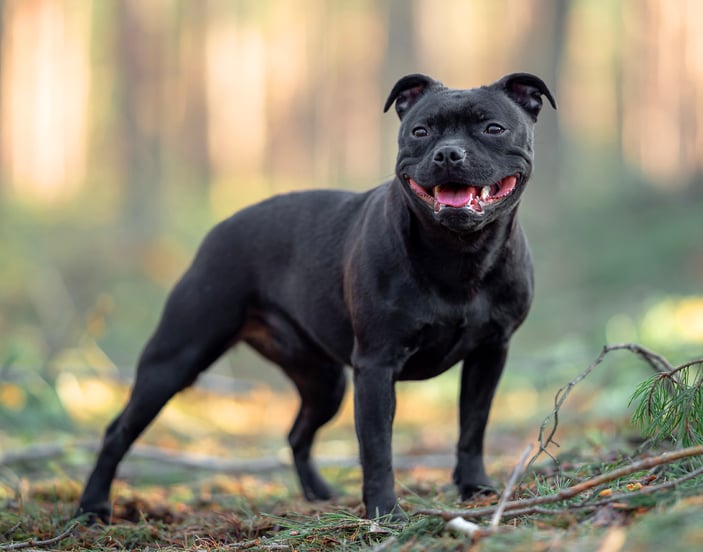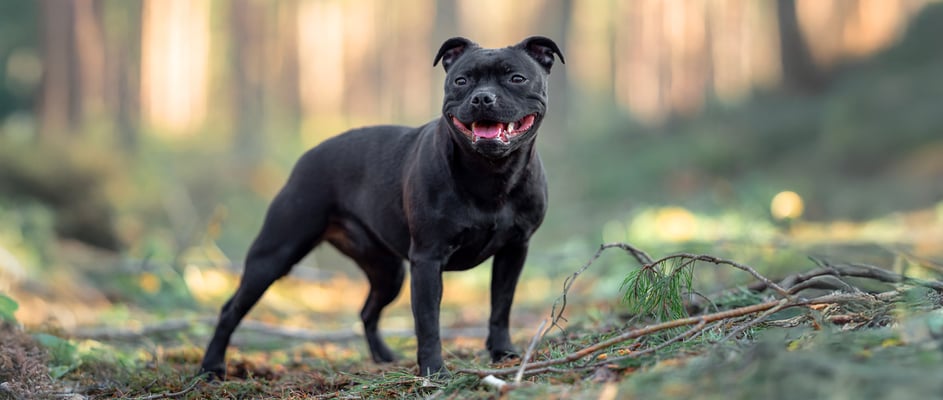The guide to owning a Staffordshire Bull Terrier.
Want to know everything there is to know about training your Staffordshire Bull Terrier puppy? Submit your email below, and we’ll send you a one-stop guide on all things puppy training!
Jump to:
Stats at a glance.
A history of Staffordshire Bull Terriers.
Meet the Staffordshire Bull Terrier – or, if you prefer, the Staffy. Their story begins in the black country of Staffordshire in the early 19th century. People were crossing Bulldog types with Terriers, aiming to craft a breed with steadfast courage and loyalty.
Despite a difficult history tied to dog fighting, these pups soon became beloved family pet companions.
By the 1930s, the Kennel Club officially recognised the Staffordshire Bull Terrier's breed standard. Today, they stand tall as one of Britain’s most loyal and adored Terrier group canines.


How much is a Staffordshire Bull Terrier puppy (UK)?
Thinking of welcoming a Staffordshire Bull Terrier puppy into your household? Expect costs ranging from £800 to £2,500. Prices vary according to breeder reputation, pedigree lines, and location.
Keep in mind, adopting a Staffie from a rehoming centre can also be a wonderful option. If you’re new to owning a dog breed, remember there will be additional initial costs like microchipping, vaccinations, and any puppy classes too.
What to look for in a reputable breeder
A trustworthy breeder will help you meet the puppy’s parents and show health test records. Because the Staffordshire Bull Terrier has some known hereditary conditions, it’s wise to see proof of l-2-hydroxyglutaric aciduria tests or hereditary cataracts screening.
They’ll also want to know about your home environment to ensure you and your future Staffy are a perfect match.
Colours and coat types.
Like many purebred dogs, Staffordshire Bull Terriers have a short, sleek coat. They can appear brindle, black, red, fawn, or blue, sometimes with white markings.
While you won’t find the long locks you might see on a breed like the cocker spaniel, their single-layer coat is low-maintenance and easy to keep tidy.





Size and weight.
Staffies are stocky yet athletic, typically:
Height: 35-40cm
Weight: 11-17 kg
They fit nicely into family life without taking up too much space, but they carry plenty of muscle, so plan on sturdy leads, harnesses, and a secure garden fence.
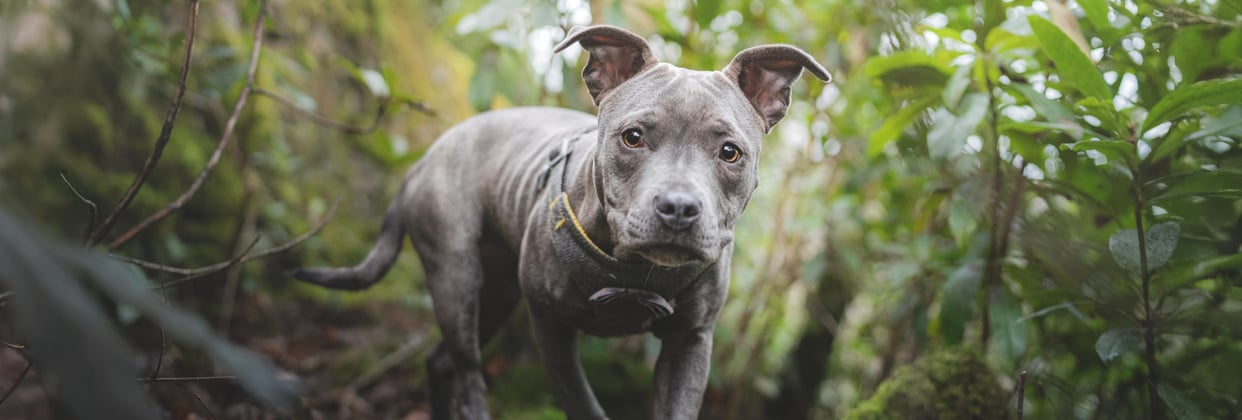

Temperament and behaviour.
Temperament
Don’t let their tough looks fool you. These Staffordshire Terriers are affectionately called “nanny dogs” by many fans, thanks to their sweet nature and love for cuddles. Well-socialised staffies are gentle, people-oriented, and big fans of belly rubs.
Do Staffies make good pets?
Many families adore Staffordshire Bull Terriers for their loyalty, intelligence, and unwavering devotion.
They do best with owners who can dedicate time to training, play, and mental games. If you want a wonderful family pet, a staffy could fill that role brilliantly.
Are Staffies good with kids?
As many Staffordshire Bull Terrier fans can tell you, they typically love kids. Their sturdy build and friendly temperament mean they often greet children with a wagging tail.
However, kids still need gentle lessons about how to respect boundaries, since even the friendliest Staffy’s patience has limits. This means they may not be suited to families with smaller children.
Are Staffies good with cats?
Some Staffordshire dogs do well if introduced as puppies or if carefully socialised around cats. But they are Terriers, which can mean a high prey drive.
If you have felines at home, supervise interactions, especially at first. Our tips on how to introduce a puppy to a cat blog might help ease the process.
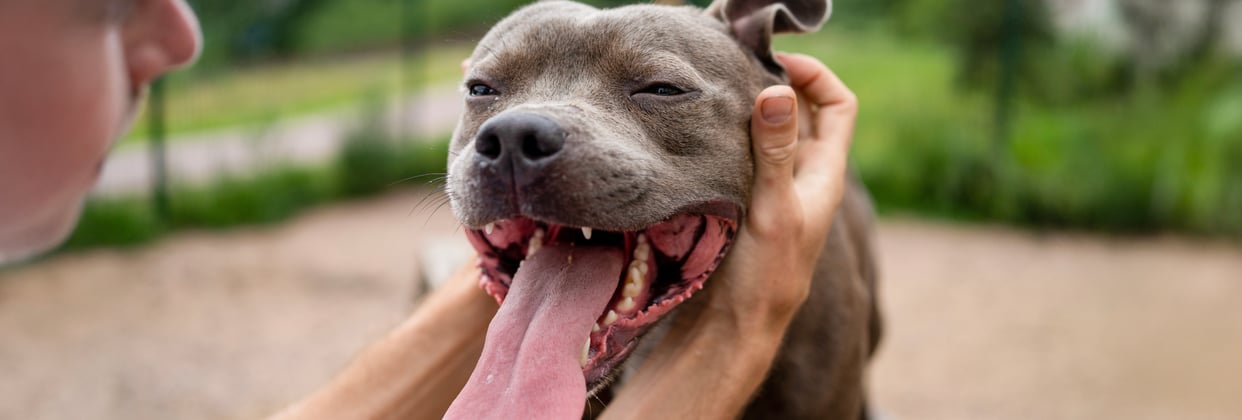

Do Staffies suffer from separation anxiety?
They can. Like many companion dogs, Staffies forge strong connections with their families. Leaving them alone for long periods may cause stress and unwanted behaviours. Puzzle toys, short practice absences, and reliable pet sitters all help.
Can Staffies be left alone?
Individual dogs differ, but most prefer not to spend more than 4-6 hours solo. If you have a busy schedule, consider doggy day care, a friend who can pop by, or a midday walk to break up their day.
Can Staffies live in apartments?
These dogs can adapt, provided they get exercise and enough mental stimulation. They are known for their energetic behaviour, so daily walks and a bit of brainwork keep them content in smaller quarters.
Training a Staffie.
Training a Staffie is all about building a bond—they’re loyal, eager, and absolutely bursting with love. While their strength and energy can be a handful at first, with the right guidance, they turn into wonderfully well-mannered companions.
These dogs thrive on positive reinforcement, clear boundaries, and plenty of praise (and maybe a treat or two). Keep it consistent, keep it kind, and you’ll have a Staffie who’s not just trained—but totally devoted.
Are Staffies smart?
They’re bright dogs with a strong will. They adore dog sports, especially agility and obedience. Their intelligence pairs beautifully with a positive-reinforcement approach.
Keep training sessions playful and short to maintain their focus. If you need guidance, dog school or professional puppy lessons can set you on the right path.
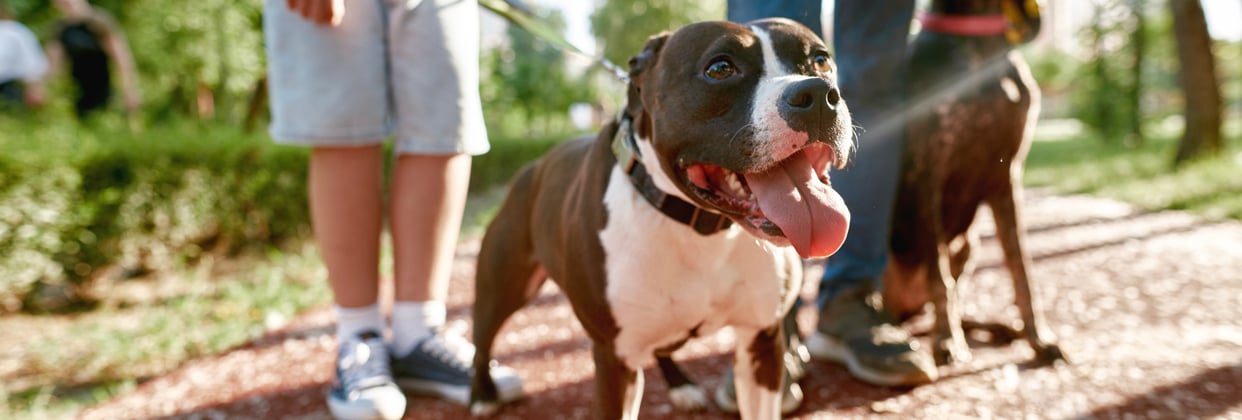

Shedding and grooming.
Staffordshire Bull Terriers have a short coat that’s breezy to maintain. They shed moderately year-round. A soft brush or rubdown once or twice a week will keep their fur looking sleek.
Their skin can be sensitive, so use gentle shampoos and watch for dryness or redness. If you’re uncertain, check out our tips for dog shampoos for itchy skin if your Staffordshire Bull Terriers show signs of irritation.

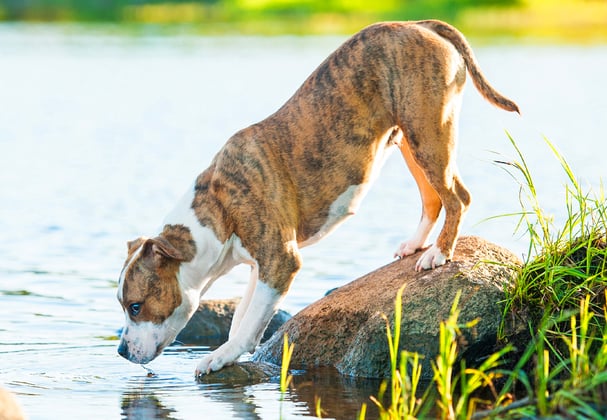
How often should I brush my Staffie?
As mentioned above, with their sleek coat, once or twice a week usually suffices. During heavier shedding periods (often spring or autumn), a bit more brushing might help clear out loose hairs.
Exercise and mental stimulation.
While they might not be built for marathons, staffies still need a good burst of daily activity. Aim for around 60 minutes of walking, fetch, or fun games.
A tired Staffy is often a well-behaved one, so activities like tug-of-war, interactive puzzle toys, or short agility sessions work wonders.
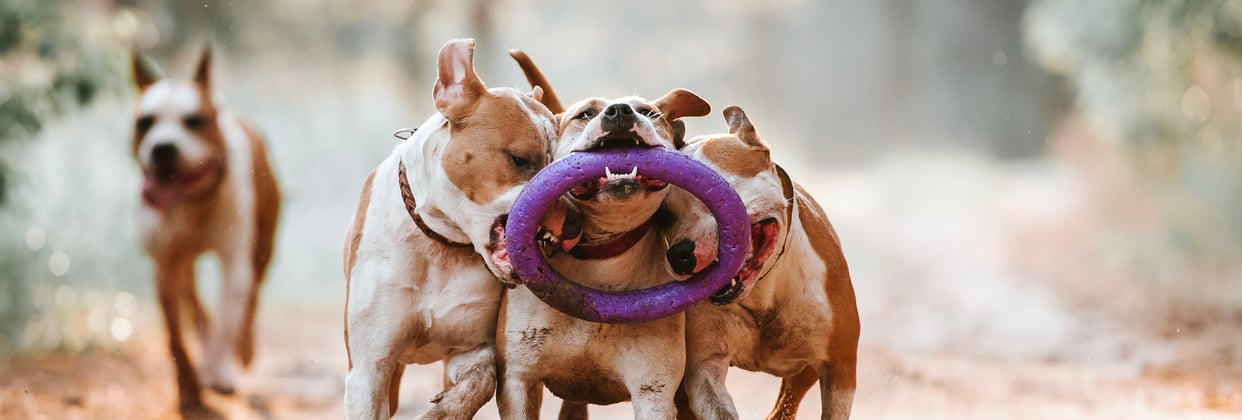

Feeding and nutrition.
Every individual dog has different needs, but these broad pointers can help:
Adults: 2-2.5 cups of high-quality kibble per day, split into two meals.
Puppies: 3-4 smaller meals a day.
Watch those treats: Keep your staffie’s waistline trim for better joint health.
For a bit of guidance on other food types, see our grain-free dog food guide or our info on the recently popular raw dog food trend.
Common health issues in Staffies.
These are approximate costs, but give you an idea of why investing in pet insurance matters for this breed.
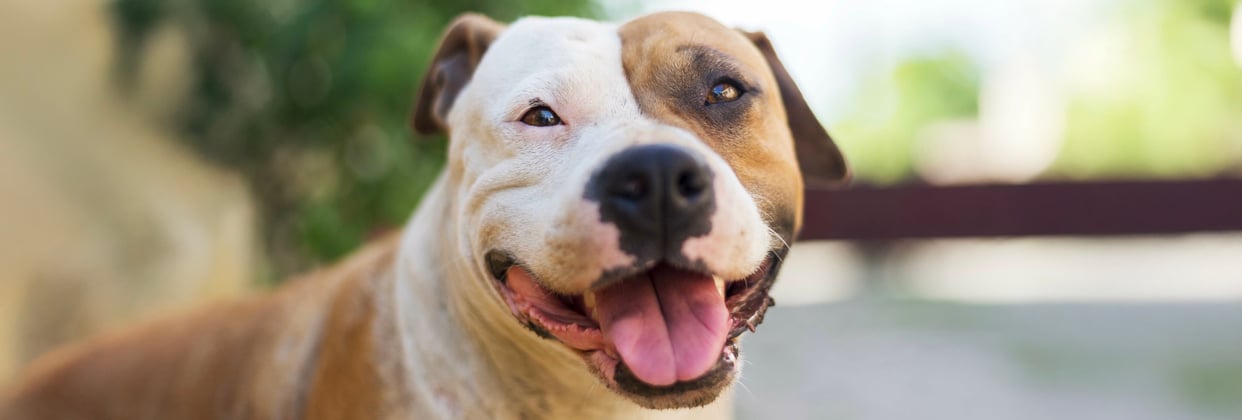

Pet insurance for Staffies.
Owing to their breed-specific traits and potential for certain conditions, it makes sense to protect your adorable Staffordshire Bull Terrier. At Waggel, we do just that with:
Lifetime cover for ongoing conditions
No tricky forms
24/7 online vet triage and support
Free behaviour consultations
Rewarding perk partners
Get your quote for your Staffordshire Bull Terrier and join our pack of happy, protected pets. Having coverage means you can focus on enjoying every moment with your staffy, whether you’re on the sofa or off to dog shows.
These bright and brawny companions bring heaps of devotion, laughter, and loyalty to their families. With the right blend of socialisation, good vet care, and reliable insurance, your Staffordshire Bull Terrier can thrive as a loving, well-socialised member of your home. Enjoy the journey with your new best pal!
